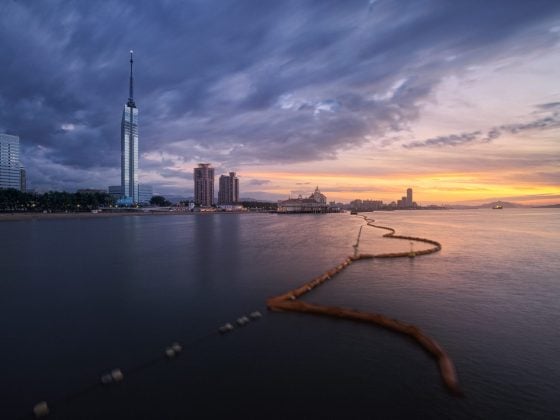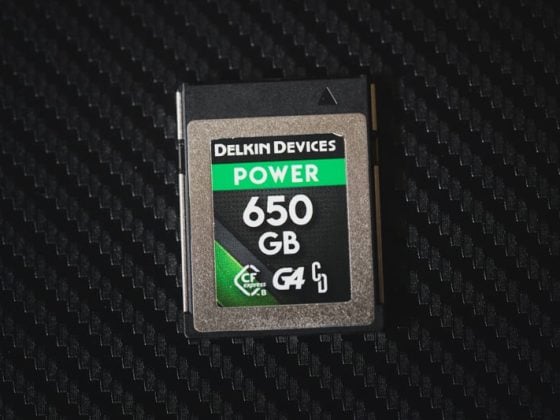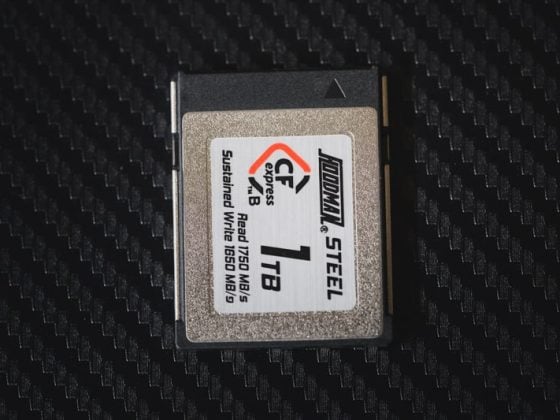Did you know one of the main killers of old lenses is fungus and haze?
Haze comes from heat evaporating the greases in the lenses which will condensate on the inner elements. Not much you can do about that other than keep you lenses out of the heat as much as possible.
Fungus is fed by moisture and there is something you can do about that, it’s also super easy and cheap.
How To Protect Your Lenses From Fungus
If you live in a humid climate, you know how quickly mold and fungus can consume everything. The same is true of your lenses and camera gear.
Humidity is a killer, feeding any mold spores that may have made their way into your lenses, creating fuzzy spots that will ruin your glass. I’ve even had it happen to one of my lenses when living in Los Angeles and it’s not even that humid there. It was an old lens, a Helios 44-4 so it may have already been contaminated. All it needed was a little moisture. I also have an old Olympus camera that has been completely eaten by fungus. I wish I could show you but it’s currently quarantined deep in the bowels of my storage unit in Los Angeles.
Now that I’m in Japan with humidity regularly reaching 80%+ in the summer, I’m not taking any chances.
Here are some really cool and inexpensive tricks to protect your lenses from humidity.
Method #1 – Silica Gel Beads + Ziploc Bags
Silica Beads (Upgraded) – Amazon
Silica Beads Food Grade – Amazon
You’ve seen these silica packs packaged with almost every lens, camera, backpack, or even bag of beef jerky. What you probably didn’t know is that they are rechargeable and some have color indicators to let you know when they are fully saturated with moisture.
The beads I use have color in them, a Chlorine Cobalt substance that causes the silica to change from purple to pink color as they absorb moisture.
To protect your lenses from humidity with silica gel, you first need to find an airtight container. I’ve found Ziploc bags work great.
When you’re not using your lenses, or even if you’ve been out in the rain or snow, store your lenses in Ziploc bags with a few freshly charged bead packets and they will pull any moisture out of the air and hopefully out of your lenses. This will starve that fungus from the moisture it needs to thrive. Simple right?
How To Recharge Silica Gel
To recharge Silica gel packets there are a few techniques and whatever you end up buying will often have the best instructions for you to follow. You can bake them in the oven on low heat for a few hours, 200- 250 degrees Fahrenheit is fine, you can also microwave them on defrost for about 10 minutes. Or, my favorite if you’re traveling, a hairdryer. Just lay the beads on a paper towel and blast them at close range with a hairdryer on full power. It maybe takes 10 minutes. Be careful though, when microwaving or using the hairdryer, the beads get very hot.
Did you know, some beads have cancer-causing chemicals in them?
The beads I have are a bluish-purple color and they contain Chlorine Cobalt, a cancer-causing agent if ingested. There are other food-grade gels that don’t have this chemical and I recommend those if you have kids or pets. They are usually orange, or sometimes you’ll find all white beads with a few purple beads mixed in as color indicators. These are much safer for your health and probably better if you’re going to be handling them regularly.
The purple beads are totally fine as long as you don’t mix them with food and keep them away from your pets or kids. I also wash my hands well after handling them.
Method #2 – Silica Gel Beads + Pelican Style Case
I also store my lenses in Pelican cases, but any case will work as long as it’s somewhat airtight. You can get the cheap style of the Pelican cases at Costco or Amazon and they’ll also do the trick.
With the Pelican style cases, you can pack your lenses and camera gear, then throw in a handful of the Silica Gel packets and you’ll be good to go for a while, I would say at least a month in an extremely humid climate if you’re opening and closing your case every few days. It takes about six hours for the beads to pull in the moisture and you’ll see them slowly change color letting you know when it’s time for a recharge.
The other trick is to buy Silica bead canisters, like these.
Hydrosorbent Silica Gel Canister 40 Grams – Amazon
LockDown Silica Gel 750 Grams – Amazon
Method #3 – Electronic Dry Cabinet
This is a fairly expensive option but also very effective if you live in humid climates. I haven’t tried the Ruggard Electronic Dry Cabinet yet, but I found them the other day randomly on BHphoto and thought they deserved a mention. They are humidity-controlled storage lockers for camera equipment. I’ll likely grab one of these when I move back to the USA and do a proper review then. They are a little expensive, but there is no maintenance and no risk of cancer, they just need power.
Ruggard Electronic Dry Cabinet – BHPhoto
Protect Your Lenses From Humidity | Final Thoughts
Not everyone needs to worry about protecting their gear from humidity since a good half of the United States is very dry, especially in places like Colorado. But if you live on the coast or in the South, even if you travel to a more humid area or shoot frequently in the rain, you should really start thinking about taking a few precautions so that your gear can last. Silica gel is a great and inexpensive way of keeping your gear protected from moisture and it’s fairly low maintenance. Much better than the old bag of rice trick.
| **This website contains affiliate links. We will earn a small commission on purchases made through these links. Some of the links used in these articles will direct you to Amazon. As an Amazon Associate, I earn from qualifying purchases. |











